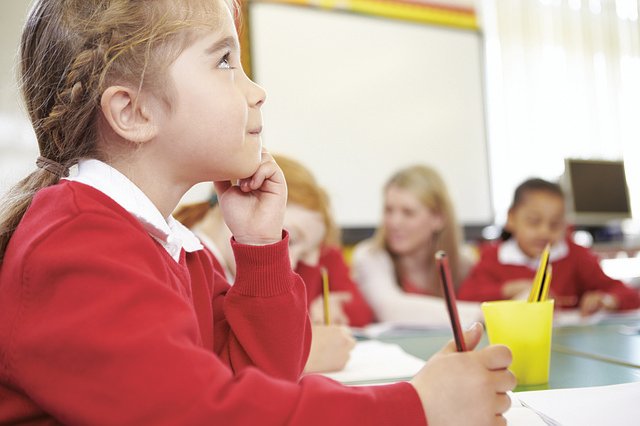The key difference between primary education and secondary education is that primary education refers to the early stages of formal education, which comes after pre-school or kindergarten education, whereas secondary education refers to the final phase of formal education, which comes after primary education. Although primary education and secondary education are phases of formal education, there are slight differences between them. However, both are equally important for students.
Key Takeaways
- Primary education is the first stage of formal education, focusing on fundamental skills and building a foundation for learning.
- Secondary education is the second stage of formal education, focusing on more advanced subjects and preparing students for higher education.
- Primary education usually begins around age 5-7 and ends around age 11-13, while secondary education typically begins around age 11-13 and ends around age 15-18.
What is Primary Education?
Primary education is the first stage of formal education, which comes after pre-school or kindergarten. It focuses on learning and educational activities that are designed to improve skills like reading, writing, and mathematics at the early stages of education. Primary education takes place in primary schools and elementary schools.
Primary education may begin at the age of 5-7 and may end around 11-13 years. The age range for receiving primary education can be different from one country to the other. Although there are many differences in the age range and number of years for primary education among different countries, the curriculum includes similar content. Primary education basically focuses on the fundamentals of skills and builds a foundation for learning. According to the United Nations Children’s Fund, there are a lot of benefits in providing primary education to students. It can help to decrease poverty, decrease the child mortality rate, and encourage gender equality. At the same time, primary education prepares students for secondary education.
What is Secondary Education?
Secondary education refers to the second stage of traditional education that comes after primary education. The age range for the start of secondary education is 11-13, and it ends around 15-18. These age limits can change from one nation to the other. In most countries, secondary education is marked compulsory.
Moreover, secondary education is divided into lower secondary education and upper secondary education in some countries, whereas some countries simply use the term secondary education. Secondary education is one of the crucial phases in the formal education system since it delivers education for the younger generation. Secondary education promotes life skills and focuses on areas like literary-philosophical studies, economics, social sciences, mathematics, physical sciences, earth sciences, biological sciences, and scientific and industrial technology. The terminology that is used for secondary education is different from one country to the other. Upper schools, gymnasium, high schools, lyceums, middle schools, and vocational schools are some of them.
What is the Difference Between Primary Education and Secondary Education?
The key difference between primary education and secondary education is that primary education focuses on the basics of reading, writing, and mathematics, whereas secondary education focuses on subjects like literary-philosophical studies, economics, social sciences, mathematics, physical sciences, earth sciences, and biological sciences. Also, another difference between primary education and secondary education is that primary education begins around 5-7 years and may end around 11-13 years, whereas secondary education may begin around 11-13 years and ends in 15-18 years.
Moreover, primary education prepares students for secondary education, while secondary education prepares the students for higher universities. Educators have a comparatively simple and small syllabus for primary education and a vast and wide syllabus for secondary education.
Summary – Primary Education vs Secondary Education
The key difference between primary education and secondary education is that primary education refers to the early stages of formal education, which comes after pre-school or kindergarten education, whereas secondary education refers to the final phase of formal education, which comes after primary education. Moreover, primary education prepares students for secondary education, while secondary education prepares the students for higher universities.
